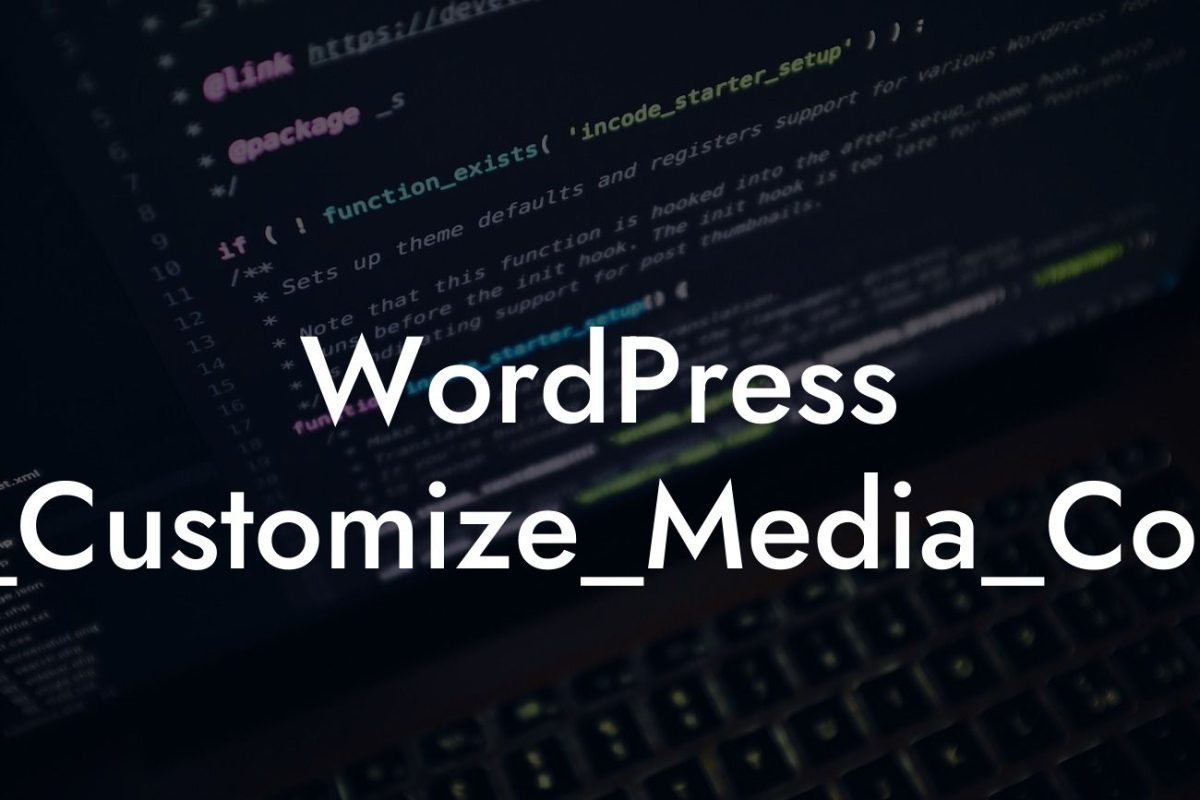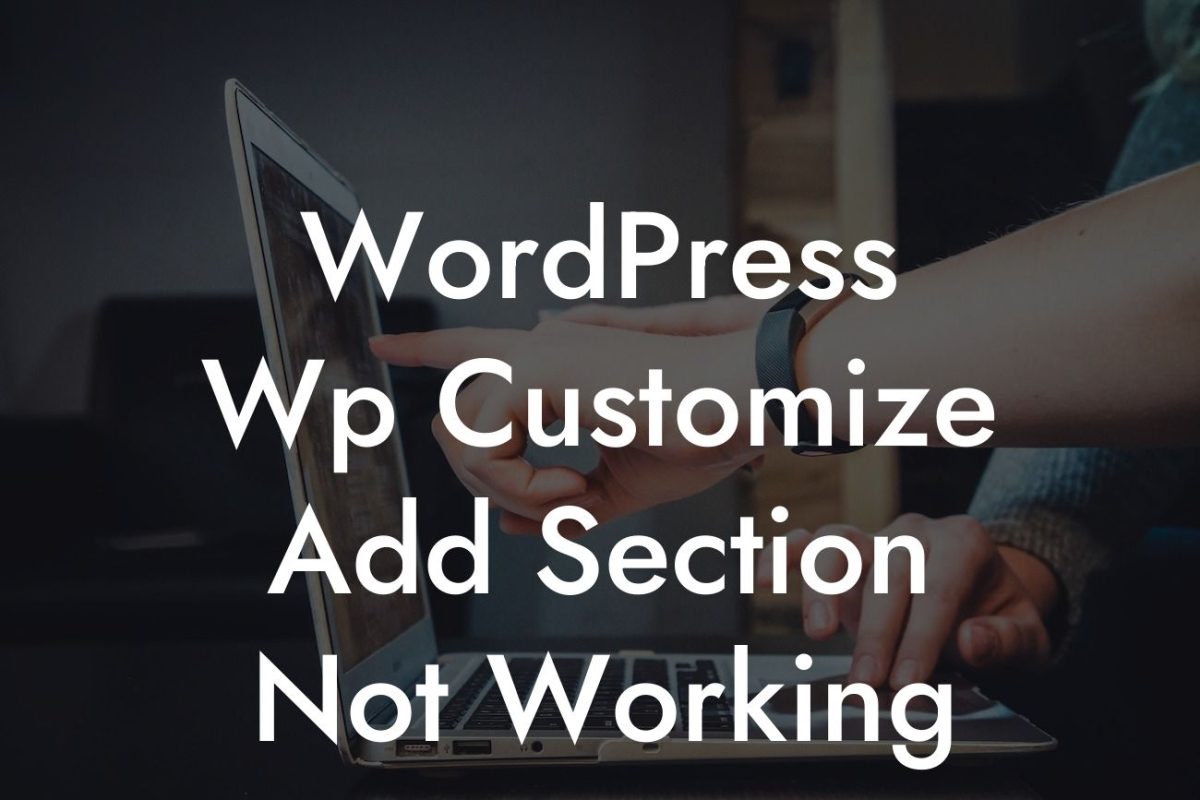With the growing number of people accessing the internet through mobile devices, it has become essential for businesses to have a mobile-friendly website. In this guide, we'll walk you through the process of making your WordPress site mobile-friendly, ensuring that it looks great and functions flawlessly on any screen size. Say goodbye to outdated, hard-to-navigate sites, and embrace the extraordinary possibilities that a mobile-friendly website brings.
Making your WordPress site mobile-friendly requires a combination of responsive design techniques, optimization practices, and the right tools. Let's dive into each step in detail:
1. Choose a responsive WordPress theme:
A responsive theme automatically adjusts the layout and design elements of your website to fit different screen sizes. Look for themes explicitly labeled as "responsive" or "mobile-friendly." This ensures that your site will adapt seamlessly to various devices, providing an optimal user experience.
2. Optimize images for mobile devices:
Looking For a Custom QuickBook Integration?
Large, uncompressed images can significantly slow down your website on mobile devices. Use image compression plugins or online tools to optimize your images without compromising their quality. Additionally, consider using the "srcset" attribute in your image tags to serve different-sized images based on the user's device.
3. Simplify navigation and minimize clutter:
Mobile users want a seamless and convenient experience. Simplify your navigation menu by removing unnecessary links and condensing it into a user-friendly format, such as a hamburger icon. Also, avoid overcrowding the screen with too much content, as it can make the site overwhelming and difficult to navigate. Prioritize essential elements and remove any non-essential clutter.
4. Use mobile-friendly fonts and button sizes:
Ensure that the fonts you use are legible on smaller screens. Aim for larger font sizes and choose fonts that are easy to read. Similarly, increase the size of buttons and interactive elements to make them easier to tap on smartphones and tablets. This enhances the user experience and reduces frustrations caused by accidental clicks or tiny text.
5. Implement touch-friendly features:
Make sure that your website is touch-friendly by optimizing its interactive elements. Increase the spacing between buttons and links to prevent accidental clicks. Avoid using hover effects as they don't work well on touch screens. Use tap gestures for actions instead and ensure that the touch targets are large enough for users to tap comfortably.
How To Make Wordpress Site Mobile Friendly Example:
Let's say you have an online store built on WordPress. By making your site mobile-friendly, you'll enable visitors to browse and purchase products effortlessly from their smartphones. Imagine a potential customer browsing your site on their morning commute or while waiting in line – a mobile-friendly design ensures that their experience is smooth and engaging, encouraging them to make a purchase on the spot.
Now that you know the importance of a mobile-friendly website and how to create one on WordPress, it's time to take action. Explore DamnWoo's comprehensive guides and try one of our awesome plugins tailored specifically for small businesses and entrepreneurs. Don't settle for cookie-cutter solutions – embrace the extraordinary and elevate your online presence. Share this article with others who can benefit from it and spread the word about the power of a mobile-friendly website.













